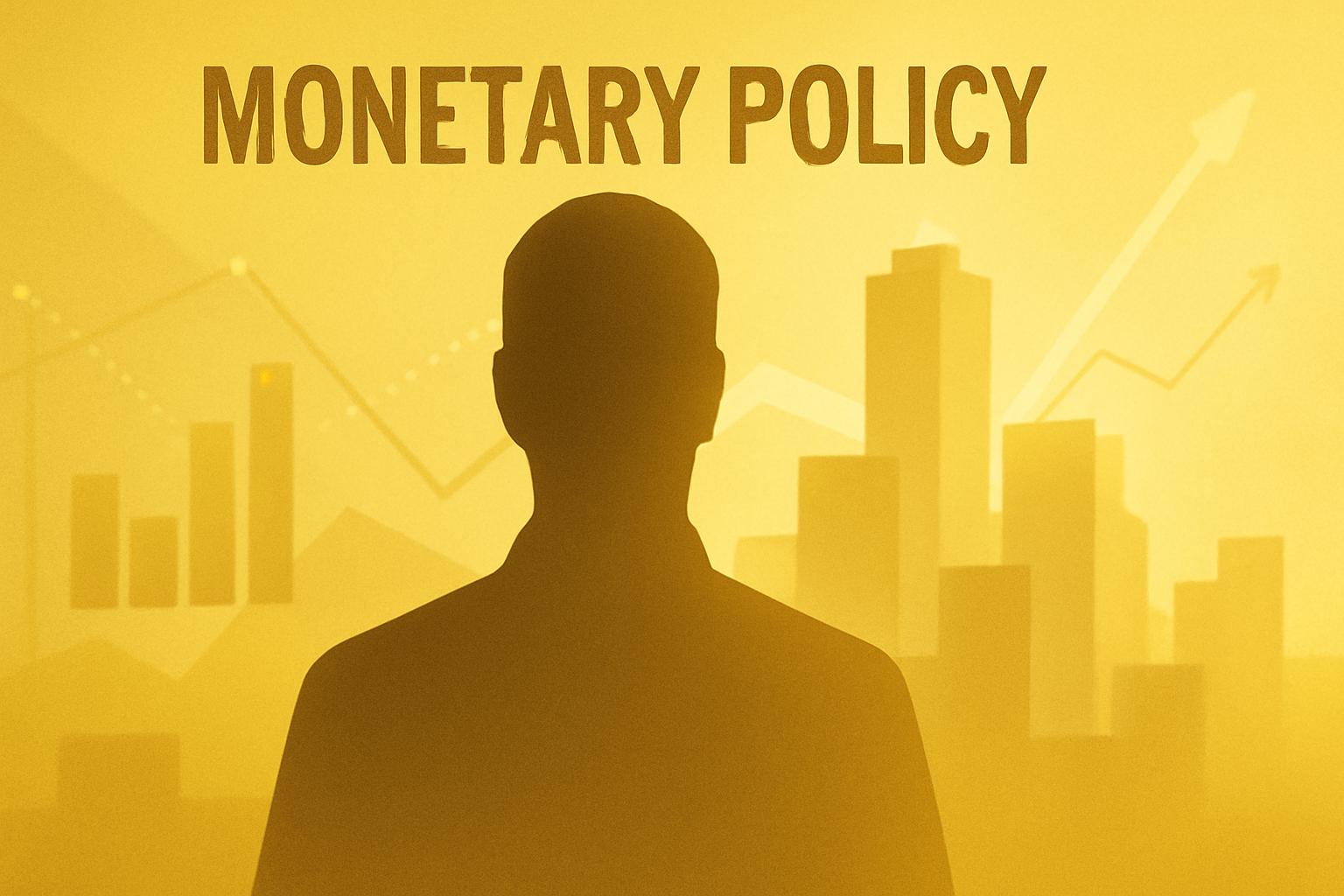Labor Market Weakness Drives Fed’s Interest Rate Cut
Federal Reserve Chair Jerome Powell emphasized on Tuesday that a marked slowdown in the U.S. labor market was a primary factor behind the Federal Open Market Committee’s (FOMC) decision to reduce the central bank’s key interest rate for the first time this year. Speaking at a business leadership forum in Providence, Rhode Island, Powell explained that diminished supply and demand for workers, coupled with persistent inflationary pressures, have created a challenging environment requiring careful policy calibration.
Balancing the Dual Mandate Amid Conflicting Risks
“Near-term risks to inflation are tilted to the upside and risks to employment to the downside — a challenging situation. Two-sided risks mean that there is no risk-free path,” Powell stated.
Powell underscored the Fed’s responsibility to maintain stable prices and promote low unemployment, a balancing act complicated by the current economic conditions.
Emerging Stagflation Concerns
The Fed Chair acknowledged that the economy exhibits characteristics akin to stagflation—where growth decelerates while inflation remains elevated—though the situation is less severe than the stagflation episodes of the 1970s and early 1980s. Despite this, Powell expressed confidence in the Fed’s current policy stance, which he described as “still modestly restrictive,” while leaving room for further rate cuts if economic conditions warrant.
Market Response and Asset Valuations
Following Powell’s remarks, equity markets declined as investors digested his cautionary tone. Powell remarked during the Q&A session that asset prices remain “fairly highly valued,” suggesting potential vulnerabilities.
Labor Market Dynamics
Powell highlighted a significant deceleration in job growth, with payroll increases averaging under 30,000 per month over the summer and revisions indicating nearly a million fewer jobs created in the year preceding March 2025. This slowdown signals rising downside risks to employment, compelling the Fed to adjust its policy approach accordingly.
Inflation Trends and Tariff Uncertainty
Although inflation has moderated since peaking in 2022, it remains above the Fed’s 2% target. Upcoming Commerce Department data is expected to show personal consumption expenditures rising by 2.7% annually, with core inflation close behind at 2.9%, according to Powell. Complicating the inflation outlook are ongoing tariff negotiations, particularly with China, which may temporarily elevate prices. Powell noted the Fed’s vigilance in preventing such increases from becoming entrenched inflation.
Internal Fed Divisions and Forward Guidance
The FOMC remains divided on the path forward, with a narrow 10-9 split on whether additional quarter-point rate cuts are advisable this year. Some members, including Trump appointee Stephen Miran, advocate for more aggressive easing. Governor Michelle Bowman expressed concern about delayed responses to labor market deterioration, warning of potential abrupt declines if conditions worsen.
“We are at serious risk of already being behind the curve in addressing deteriorating labor market conditions,” Bowman said.
Bowman views the recent rate cut as an initial step toward returning to a neutral interest rate.
FinOracleAI — Market View
The Federal Reserve’s recent rate cut reflects a nuanced response to a labor market that is clearly slowing alongside persistent inflation pressures. Powell’s comments highlight the complexity of balancing the dual mandate amid rising stagflation risks and tariff-induced price volatility.
- Opportunities: Potential for further rate cuts could stimulate economic growth and support employment.
- Risks: Elevated inflation and tariff uncertainties may complicate the Fed’s ability to achieve price stability.
- Market Impact: High asset valuations may lead to increased volatility as monetary policy evolves.
- Policy Uncertainty: Divisions within the Fed suggest an unpredictable trajectory for future interest rate decisions.
Impact: The Fed’s cautious easing stance signals a proactive approach to emerging labor market weaknesses, but persistent inflation and internal policy disagreements present ongoing challenges for market stability.













